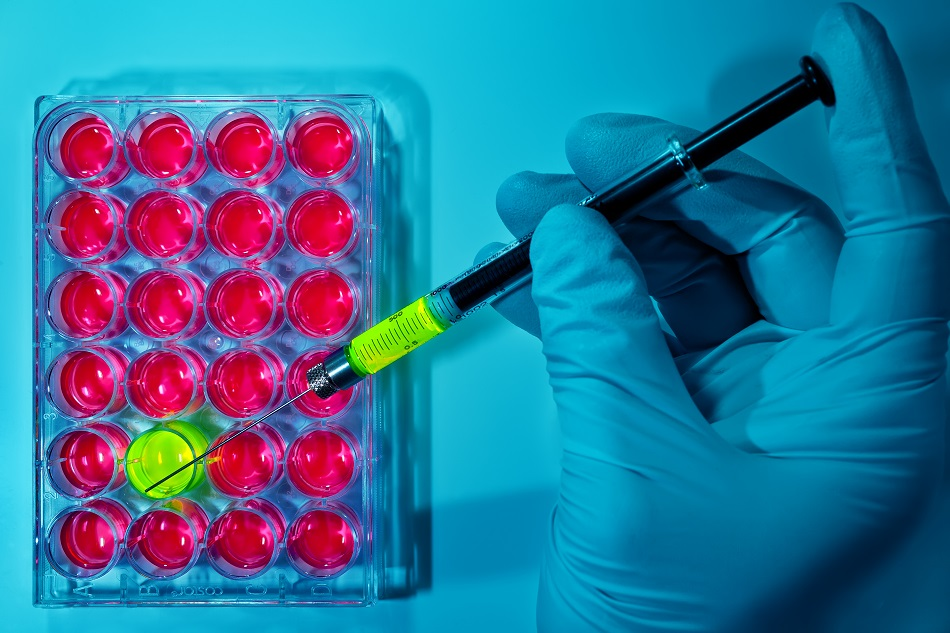Aug 10 2007

Image Credit: Eremin Sergey/Shutterstock.com
Optics and photonics have a strong history in medical research and diagnostics. From the earliest forms of microscopy, medical applications have continued to develop into modern products and techniques such as laser treatments, spectroscopy, modern microscopy, high-resolution imaging and even remote diagnostics using fiber-optic communications.
Medical Fields That Benefit from Photonics and Optics
The specialist medical fields that benefit from optics and biophotonics advancements include, but are not limited to, neurosurgery, endoscopic surgery, medical imaging, cardiology, and pharmaceuticals.
Non-Invasive Diagnostics
Non-invasive diagnostics techniques refer to diagnostic methods that do not rely on breaking the skin of the patient. Many optics techniques, such as X-rays, can be used to ‘see-through’ tissue or to insert cameras for diagnosis including endoscopy and ingestible cameras.
Lasers
Medical lasers are used in eye surgery, dentistry, and cancer removal. Lasers are also a very important tool in dermatology and cosmetic skin treatments.
Genomic Sequencing
By using fluorescent markers that attach to specific DNA bases, lasers can be used to identify markers and perform genomic sequencing. This knowledge of our body’s genetic makeup aids in new drug developments and better disease treatments.
Biomedical Imaging
Biomedical imaging has come a long way since the first use of X-ray images in the late 19th century. Modern medical imaging still strongly relies upon X-rays, but other advancements include fluoroscopy, Magnetic Resonance Imaging (MRI), Computed Axial Tomography (CAT or CT scan), Positron Emission Tomography (PET) and projection radiography, as well as the use of advanced microscopy techniques and equipment like Atomic Force Microscopes.
Cutting Edge BioOptics and Biophotonics
The cutting edge of bioOptics and biophotonics includes the use of atomic force microscopes to directly manipulate cell membranes, laser manipulation of proteins and advanced imaging techniques like OCT (optical coherence tomography) and CT (computed tomography).
Light-Activated Therapies
Light-activated therapies use light to encouraging processes such as wound healing or treat cancers through photodynamic therapy.
This article was updated on the 28th January, 2020